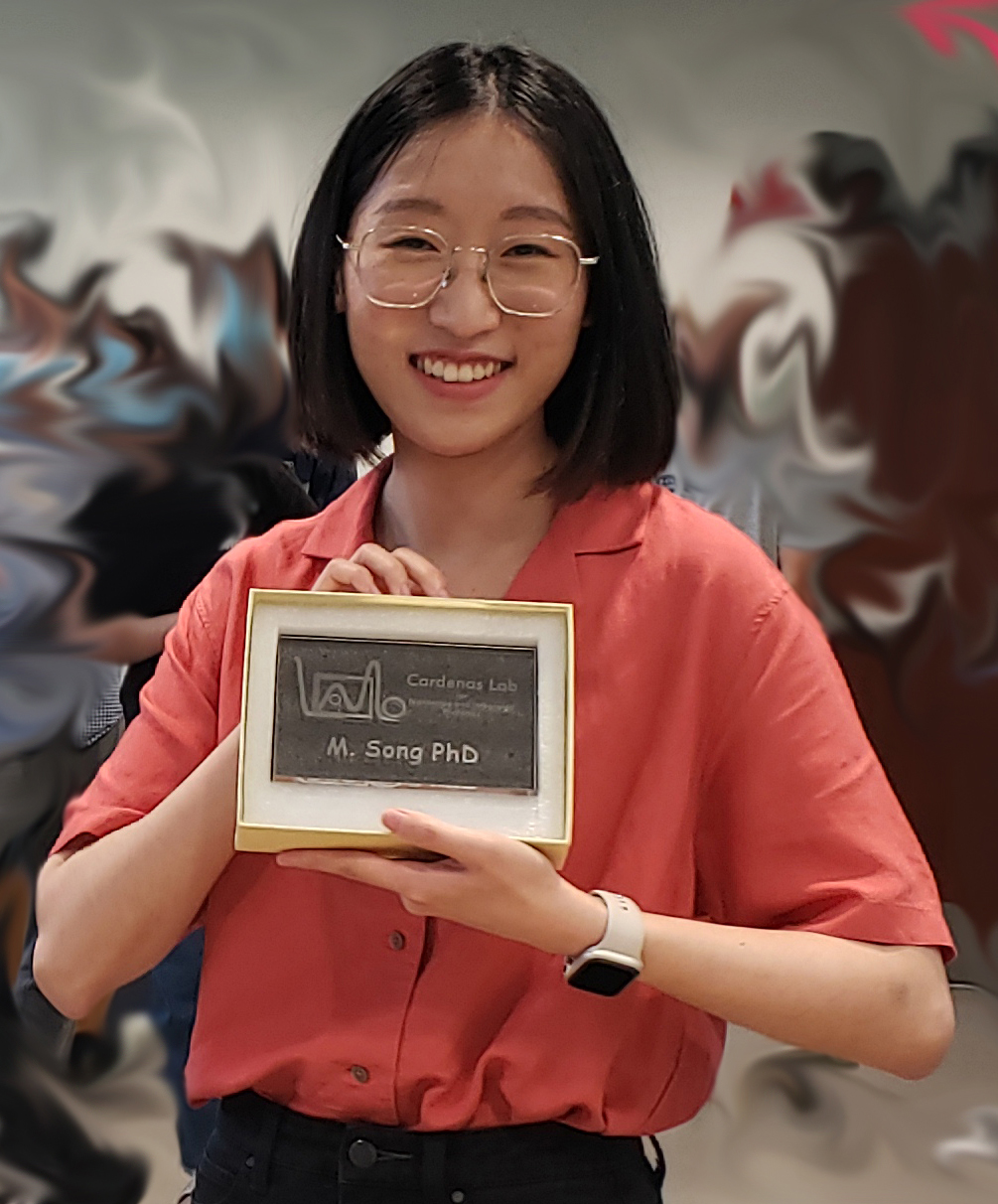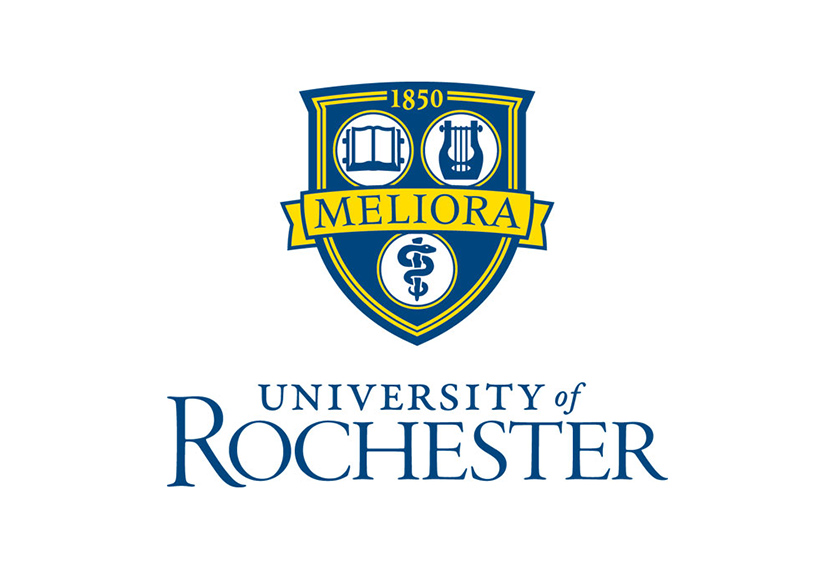
November 2, 2022
My name is Meiting Song. I am from Hebei, China and I got my Bachelor’s degree in Optoelectronics at Tianjin University in 2016. Then I came to the University of Rochester to continue my graduate studies at the Institute of Optics as part of the Cardenas Lab group. I graduated from the PhD program in August 2022 and continued in the Cardenas Lab as a postdoc.
I was first impressed by Optics in middle school during class. We were doing a Young’s interference experiment, single and double slits. To learn the principles of optical interference in class is one thing, but to actually do the experiment and see the interference patterns in real life was fascinating to me.
After high school, I was admitted to the Optoelectronics major in Tianjin University. Although it was not my first choice, I became more and more interested in Optics. I had the sensation that the more I learned about Optics; the more I realized I knew next to nothing about Optics. This feeling became unsettling because, since I have a passion for teaching and sharing knowledge, I had decided to pursue an academic career. So, to acquire the necessary knowledge, my next decision was to apply for a PhD program abroad. At the Institute of Optics I only got accepted into the Master’s program. But luckily, my parents were very supportive and helped me through my first year. The second year, I was admitted to the PhD program.
I first got interested in integrated photonics during an undergraduate course. Due to the limited time of the semester, the course only covered the basics of waveguides. But I was fascinated by the fact that such a small structure can control the path of light. In my first semester in Rochester, I saw Professor Jaime Cardenas’ “What’s Up in Optics” talk, which reminded me of my interest in integrated photonics. I also liked his idea of using integrated photonic devices for probing cells. I gave some thought to the fact that his was a brand new group, but in the end I decided that I could benefit from the experience of building a lab from scratch and learn it directly from Jaime. So I sent him an email describing my interest in joining the group to work on the cell probe project. We had a meeting and I became a member of the Cardenas Lab.
The main responsibility of a student in the group is research. To me, it is mostly finding and solving problems, from which research topics we can help to improve to how to achieve a certain function of the equipment we’ll use. Research can be divided into several steps: literature search, device design, device fabrication, device testing, and publication. However, since research means stepping into the unknown, at any point I could find myself at a dead end and would have to start over. It could be that I had an idea I later found someone had already done, that I made a design that is difficult to fabricate, or that I found out that a testing element was not included in the design. Or like in my case that the next step was switching to a completely different project. I worked on the cell probe project the first two years and found that fabrication and testing are really difficult, especially for a starting student and for a group with no biology experience. So when a new project came along, I decided to start working on it. This new project focused on achieving weak value amplification on an integrated photonic chip. With more research and work, I was able to successfully demonstrate the signal enhancement results on integrated weak value devices and publish the results.
Research is full of unexpected problems and knowledge can help avoid some problems. Throughout my PhD study, I have learned a lot from Jaime’s extensive expertise. For my first research project, Jaime showed me how to design, fabricate, and test an integrated photonic device. For the group he set regular meetings for a journal club to discuss research ideas and a writing club to learn scientific writing. Jaime also encourages us to present our work and communicate with other researchers. This helped me considerably to improve my public speaking and communication skills, which, as an introverted person, were scarce. All in all, not only have I gained basic skills for conducting research but also the ability and spirit to keep learning and searching for new ideas and solutions. And I am grateful to have had a friendly and relaxed environment to do it.
Working in the Cardenas Lab has been a great experience. Everyone is friendly and willing to help. Discussions in the office can generate new ideas and complete each other’s skill sets. Working hours are flexible as long as you show reasonable progress in the bi-weekly one-on-one meeting. So the work is more self-driven rather than from outside pressure. Occasionally, we do work long hours to reach deadlines, but other times it is not so intense. We also have social group gatherings several times a year, including summer vacation and Thanksgiving.
This August, I became the first student to become a PhD in the Cardenas Lab. I also decided to stay as a postdoc to continue my previous research projects while taking new research topics. One day, when I am ready, I would like to become a professor and start my own lab.
To future students who may be interested in joining the Cardenas Lab, my only advice is to work in a field that you like and really interests you. Research can be frustrating at times and passion can help you become strong enough to reach your goals.
Thank you for reading my story. I hope it is useful to you.
Meiting Song
11/2022



